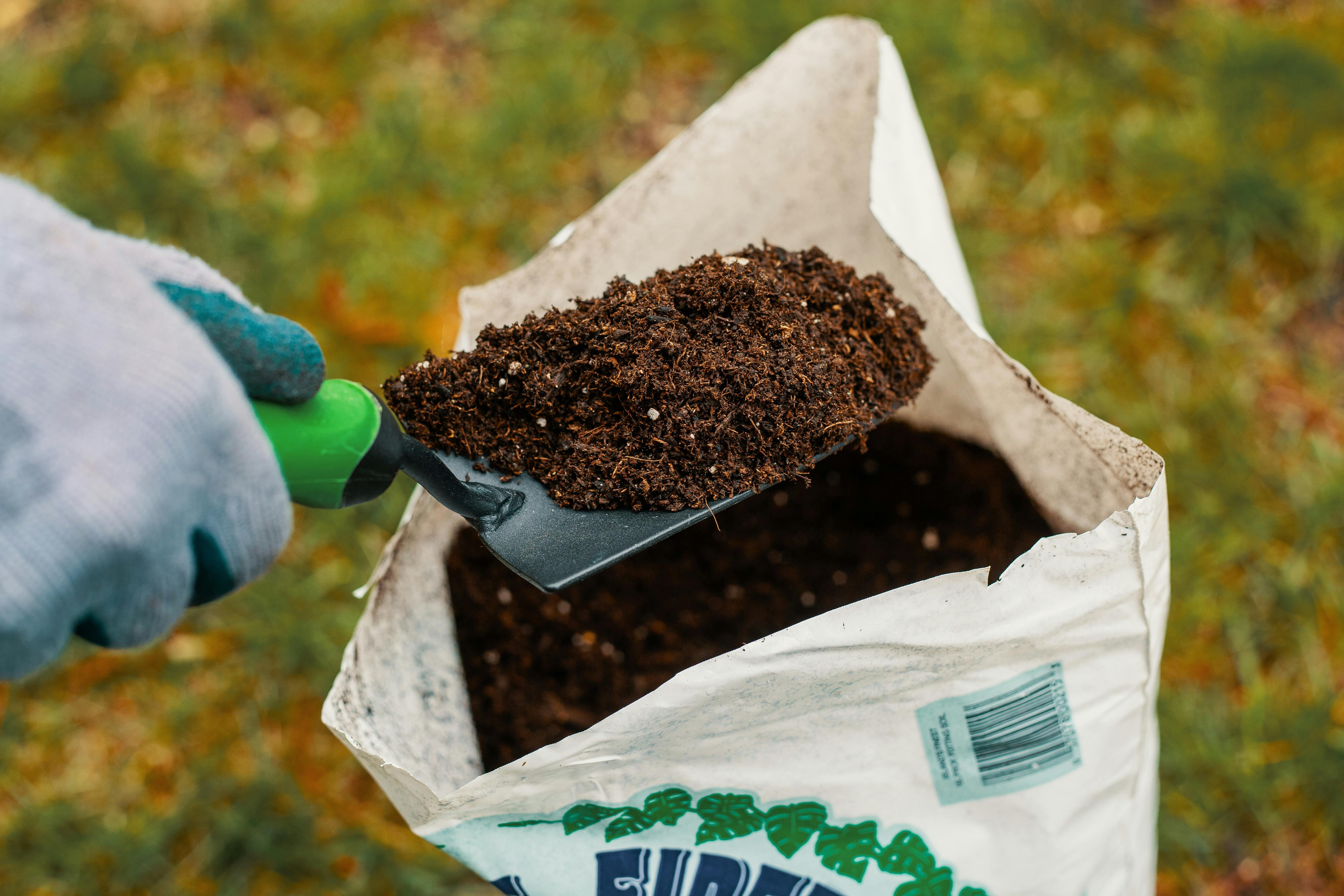
Photography by Georgia Love for Herb
Cannabis Nutrients: A Masterclass By Jorge Cervantes
We break down all the cannabis nutrients and their benefits.
Plants, just like humans, need a well-rounded variety of foods to live happy and healthy lives. Cannabis plants are no exception, needing a wide range of nutrients to develop fragrant buds which burn cleanly.
There are two basic kinds of nutrients. There are mineral nutrients, which are naturally found in soil and can usually last a few weeks before they need to be replenished by the grower (though supplementing these nutrients can help the plant grow faster). These nutrients can be supplemented after a soil test using store-bought fertilizers and nutrient solutions.
Then there are hydroponic nutrients which are the exact same chemical compounds found in soil but are supplied entirely by the grower since hydroponic grows do not use soil to hold or supply the necessary nutrients. Hydroponic nutrients come in the form of nutrient solutions which the grower mixes with water and applies to the plant roots through a variety of hydroponic grow systems.
It is possible to grow with just the nutrients that naturally occur in the soil and water. In fact, most all growers apply way too much fertilizer to their gardens. Experienced growers tend to recommend starting slow with products, using about a quarter of the recommended dose and increasing as needed.
TIP FROM MASTER GROWER JORGE CERVANTES: Most nutrients that are applied are washed away. Nutrient uptake by plants requires complex chemistry in the root zone (rhizosphere). Often nutrients are applied to the substrate and not taken up by roots. The nutrients do not enter the plant’s system and wash away. Overall, I prefer drip irrigation systems because they are efficient. Water and fertilizer are delivered directly to the root zone with little evaporation or waste.
Types of Cannabis Nutrients
The basic nutrients that a cannabis plant requires are Nitrogen, Phosphorous and Potassium known as (NPK). The three numbers found on the front of nutrient and fertilizer packaging indicate the NPK content.
While NPK are the three core nutrients required by cannabis plants, there is a wide range of other nutrients that help grow healthy buds.
Among these nutrients are the non-mineral elements Carbon, Hydrogen, and Oxygen which can be found in air and water.
The nutrients which are found in soil, fertilizer, and nutrient solutions are known as mineral elements and are divided into two sets of categories. The first set of categories includes Macro, Secondary and Micronutrients, which will be described more below.
The second set of categories includes mobile and immobile nutrients. If a nutrient is mobile, that means that there is a bit of a buffer time before the plant will begin to show signs of nutrient deficiency. That’s because a mobile nutrient is able to move throughout the plant. For example, Nitrogen—a mobile nutrient—is able to move from older leaves to younger ones to make up a deficiency and allow newer leaves to thrive.
One thing to remember about nutrients is that a plant absorbs them through the roots. They must be mixed in with water so that the roots can absorb them. It’s important to follow the instructions on nutrient packaging very closely since an improper mix of nutrients can block the roots from being able to absorb them even if they are present. So it’s possible that if a plant is exhibiting signs of nutrient deficiency even though you’ve added that nutrient to the soil, it’s because you are mixing the nutrients improperly.
It’s also important to remember that the cannabis plant needs different concentrations of nutrients depending on its growth stage. For example, during its vegetative stage, the cannabis plant loves plenty of Nitrogen, but at the later flowering stage, Phosphorous becomes far more important.
Macronutrients
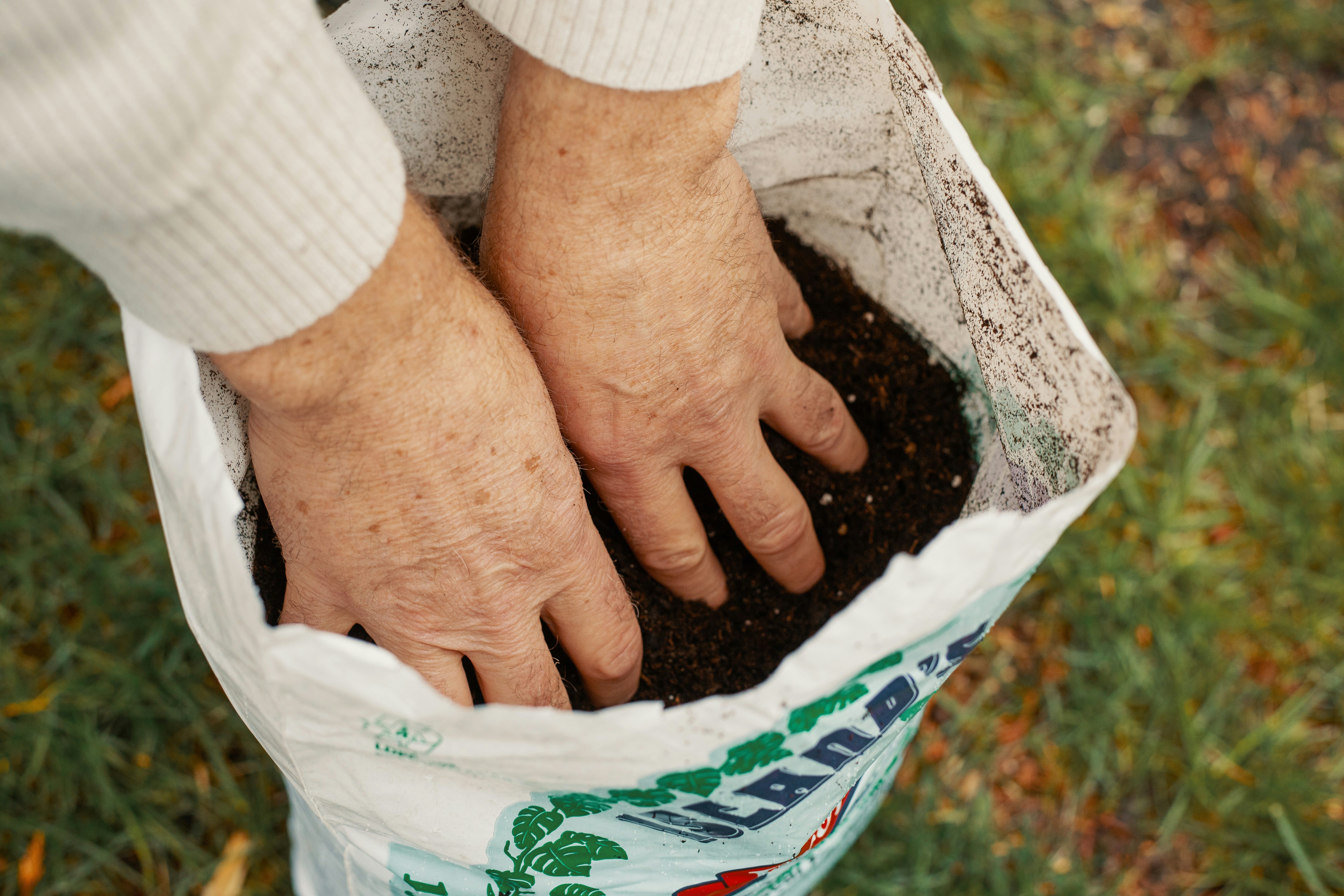
Nitrogen (mobile)
All plants need Nitrogen to grow, but cannabis especially likes Nitrogen during its vegetative phase. It’s important to remember to replace nitrogen often as cannabis absorbs it rather quickly, however an excess of nitrogen could cause the flower to burn poorly, according to Jorge Cervantes’ Grower’s Bible.
Phosphorus (mobile)
This element is used by cannabis across several stages of its lifecycle but is vital during germination and flowering. Cannabis plants use Phosphorous to transfer energy from one part of the plant to the other and need this element to develop healthy roots.
Potassium (mobile)
This element is used at all stages of growth and is important for upholding the plant’s immune system against harmful mold and bacteria. According the Grower’s Bible, phosphorous is important for the plant’s light intake and the proper amount can improve the flavor of the buds.
Secondary Nutrients
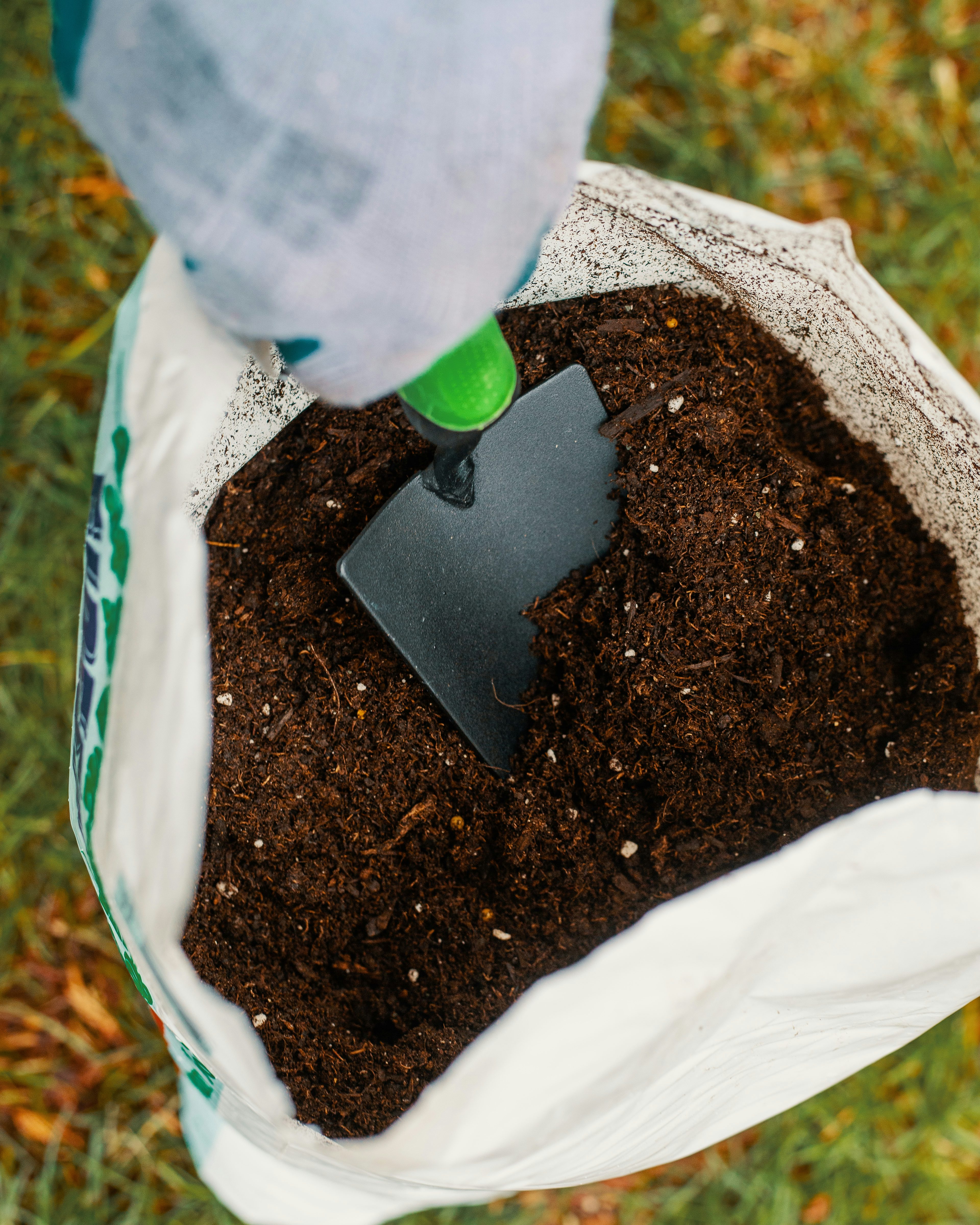
Magnesium (mobile)
This element is used to help the plant absorb light and develop flowers. It is important to remember that cannabis plants often have a deficiency in magnesium which can be corrected with the application of dolomite lime.
Calcium (immobile)
This element is important to maintain because it helps the cannabis plant absorb other nutrients. Deficiencies often occur outdoors and in soils with extremely high humidity and can inhibit the development of buds.
Sulfur (immobile)
Sulfur is important for the development of the oils and flavor of the plant. It also allows the plant to breathe while balancing pH, according to the Grower’s Bible.
Micronutrients
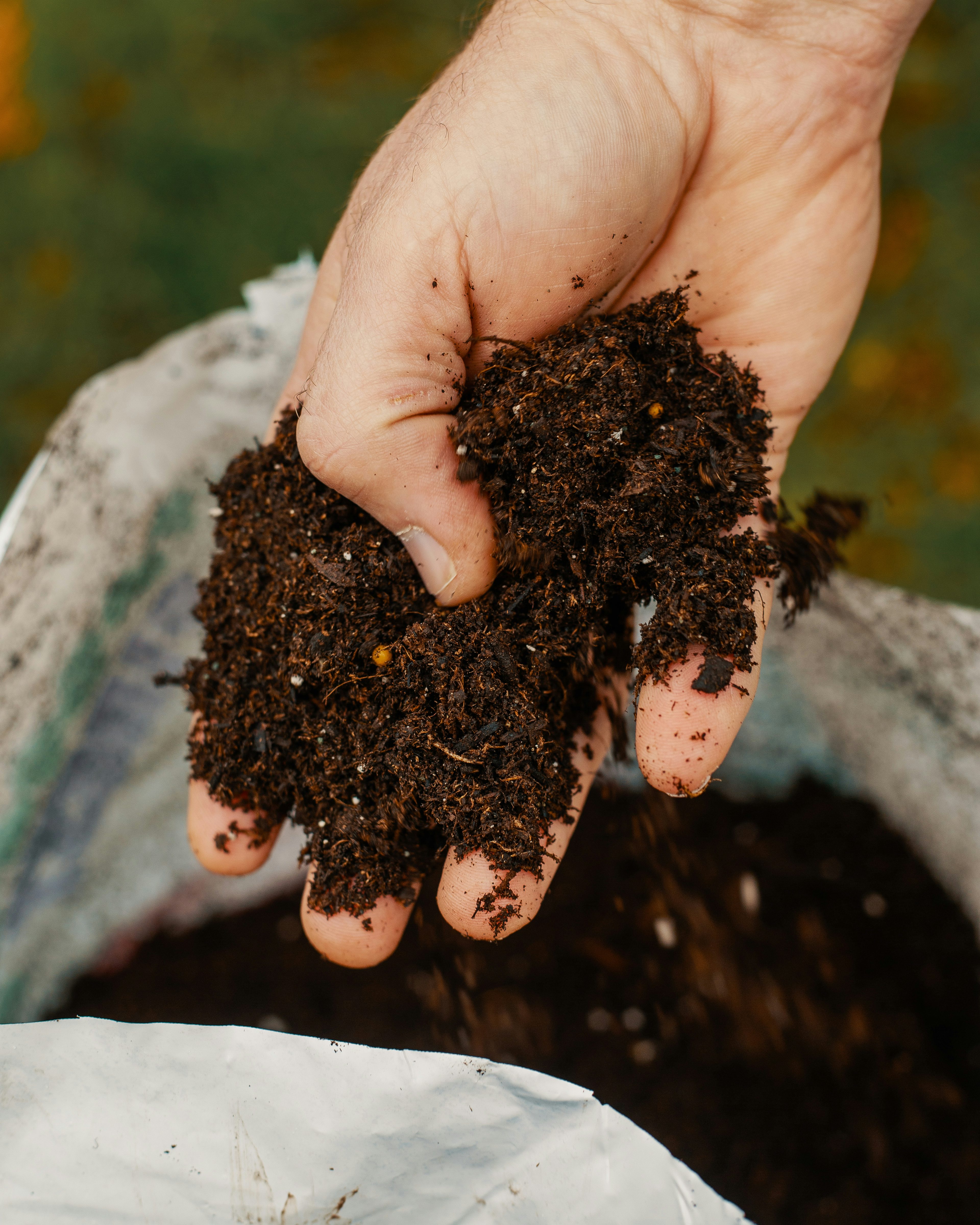
Also called trace elements, micronutrients help the cannabis plant to make use of other nutrients. It is important to look for these elements in chelated form, which means they are water soluble and mixed with other minerals so that they can easily be absorbed by the plant’s root system. These are the micronutrients to shop for:
Boron (immobile)
Chlorine (immobile)
Cobalt (immobile)
Copper (immobile)
Iron (immobile)
Manganese (immobile)
Zinc (Mobile)
There are also a number of other trace elements like Silicon, Nickel and Molybdenum which cannabis is rarely deficient in and are added to many retail fertilizers.
Chemical Cannabis Fertilizer for Cannabis
There are two basic types of chemical fertilizer that are available for a cannabis grow and they are granular and water-soluble fertilizers. As the name might suggest, soluble fertilizers are nutrients which are mixed into water and are recommended as the ideal alternative to granular fertilizers, which are a sand or grain-like substance that is far more difficult to flush out in the event that too much fertilizer has been applied.
Chemical fertilizers are preferred for beginner growers since they come premixed with the necessary nutrients. When using chemical fertilizers, it is important to follow the instructions and avoid brands that do not offer detailed descriptions of their content.
Organic Cannabis Fertilizers
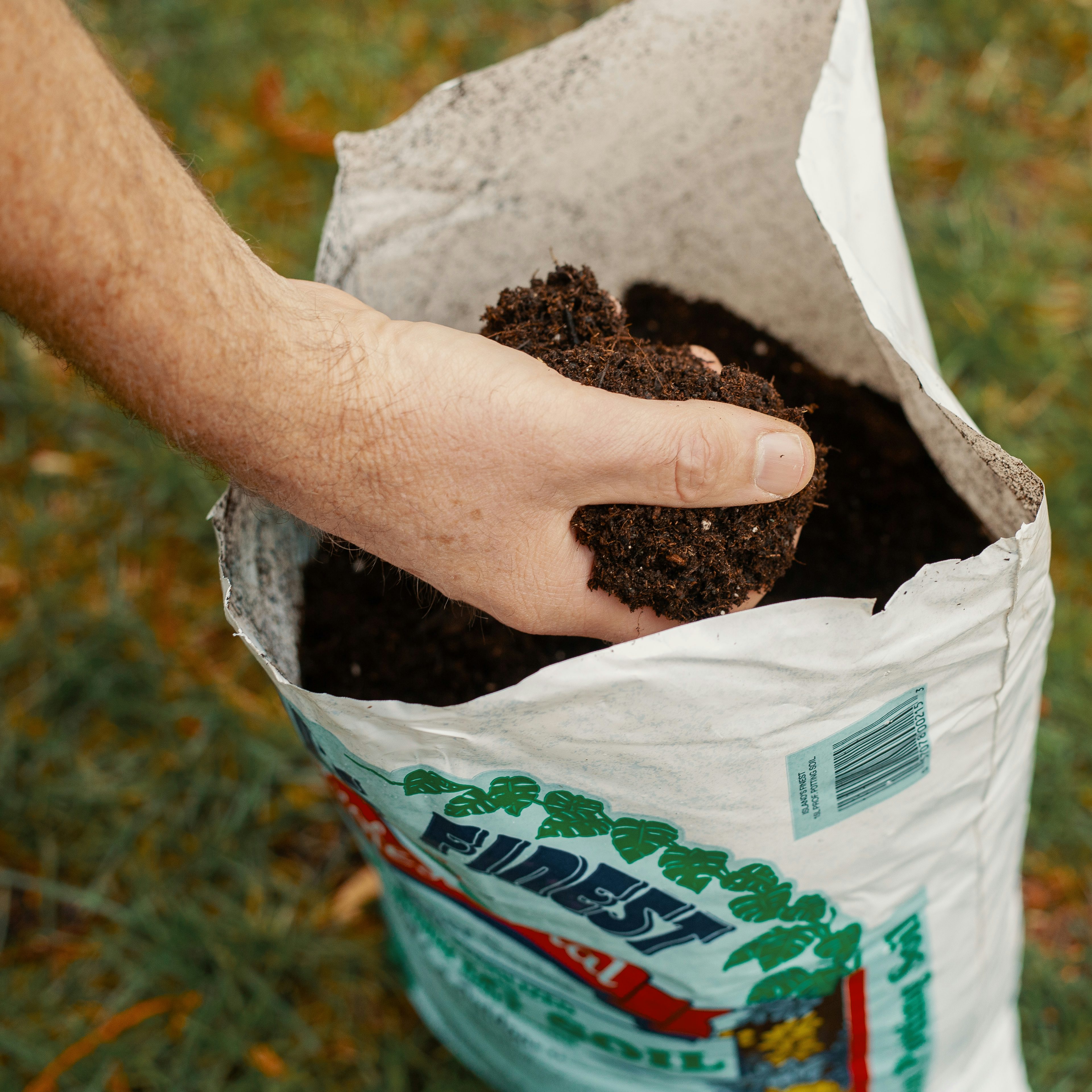
It can be difficult to master the mix of an organic fertilizer, but cannabis grown in organic fertilizers can result in a more pronounced aroma and taste, according to the Grower’s Bible.
Some of the most popular organic fertilizers are:
Blood Meal (NPK)
Bone Meal (Phosphorous and Nitrogen)
Bat Guano (Nitrogen, Phosphorous and trace elements)
Seaweed Meal (Potassium)
Horse Manure (NPK)
Dolomite Lime (Balance pH, Magnesium, Calcium)
Organic fertilizers are a great choice, but they are difficult to apply, measure, and monitor. Testing the nutrients in your soil, which can be done professionally or with the purchase of a testing kit, is relatively inexpensive ($30-100) and well worth the investment when you consider the hefty cost of fertilizers. Once you know the content of the growing medium and nutrient availability you can tailor nutrient regimens to fit your needs.
TIP FROM MASTER GROWER JORGE CERVANTES: Fertilizer companies are in the business of selling fertilizer and there is a lot of money in fertilizer. Be careful when buying and applying fertilizer. Chances are that you need only a fraction of the fertilizer that you are being sold. Also, much fertilizer is watered down and overpriced.
Jorge Cervantes has taught millions of growers around the world to cultivate cannabis during his four-decade career. Jorge’s books appear in eight languages and hundreds of articles, which can be found in 10 languages. See his YouTube channel or his website for free information. You can also get his definitive book Cannabis Encyclopedia on Amazon.
Herb Recommended Products:
READ MORE










